Animals
SAO. “The six most bizarre animals in the world”.SAO-Word Newspaper.SAO
“These creatures have developed unique appearances, impressive superpowers, and some bizarre habits.
- Glass frog”
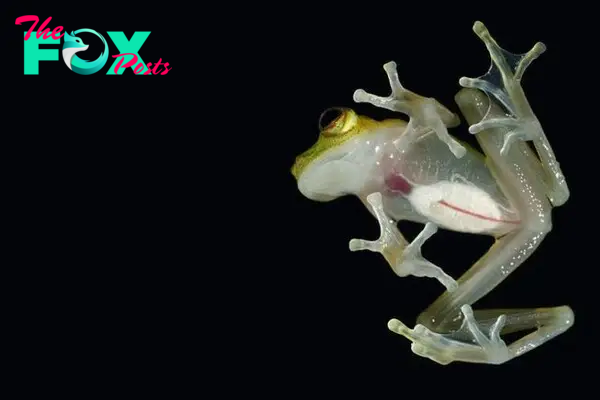
Most creatures conceal their internal organs under multiple layers of protection such as skin, tissue, and bones. But what would happen if these layers were see-through? The transparent skin layer of the glass frog reveals its internal organs.
From above, a glass frog might not appear out of the ordinary. But flip it over, and you’ll see a tiny, rapidly beating heart, a long red streak of an artery, and a winding, broken line of intestines digesting food. These amphibians have evolved to have extremely thin and translucent skin.
According to a study published on June 9th in the journal Proceedings of the National Academy of Sciences, while the thin skin layer of these frogs is fully displayed, when light shines on them from above, their shadows become difficult for predators to detect.
These frogs inhabit tropical forests in Central and South America and spend much of their time perched on leaves. Because frogs are surrounded by lush greenery, their vibrant green camouflage is ideal. Meanwhile, their more translucent limbs blur the outlines of their bodies, making it challenging for predators to discern the frog’s shape.
-
Bulldog Ant
The Bulldog Ant finds an ideal home inside a fig fruit. The fig is actually a small cluster of flowers, called a syconium, relying on the Bulldog Ant for pollination. In return, the fleshy cluster provides a comfortable and secure residence for the Bulldog Ant during its very short lifespan.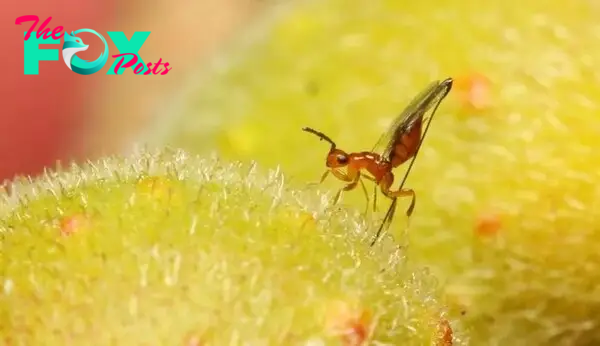
According to the Dutch Insect Association, when Bulldog Ants hatch, they have the ability to “puff” at receptive fig trees or flowers ready for pollination. Instinctively, they seek out the distinct scent emitted by female fig flowers. Once they locate a ripe fig needing pollination, Bulldog Ants find their way into the sweet, soft flower cluster through an opening at the end of the “fruit.”
Once inside, the female ants are protected and hidden from view, where they can lay eggs. They will never see the outside world again. The females die just 24 hours after laying eggs.
When Bulldog Ants hatch, the males emerge to mate with the females before digging their way out of the fig to allow the females to escape. The male Bulldog Ants spend their entire lives within the fig and die immediately after creating the escape tunnel.
According to a 2005 article published in the journal Proceedings of the Royal Society B, this bizarre behavior has kept this species of ant alive for over 60 million years. Fig trees ensure the continued existence of these insects, as their movement from one fig to another spreads their pollen.
- Walking Fish
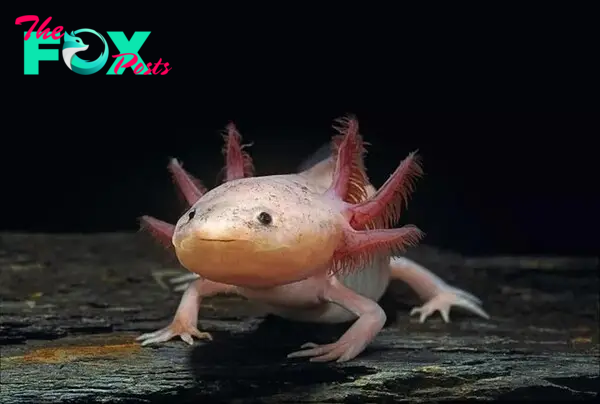 The Mexican walking fish (Ambystoma mexicanum), also known as axolotls, are peculiar creatures: These “fish” not only have protruding, feathery gills but they can also “walk.” When near the bottom of a lake or canal, they extend their four legs to crawl around their marshy habitat in Mexico City.
The Mexican walking fish (Ambystoma mexicanum), also known as axolotls, are peculiar creatures: These “fish” not only have protruding, feathery gills but they can also “walk.” When near the bottom of a lake or canal, they extend their four legs to crawl around their marshy habitat in Mexico City.
Although they look like fish, they are actually amphibians. Typically, amphibians start life equipped with gills so they can breathe underwater until they mature and lose their gills, ready for life on land. However, axolotls retain their juvenile gills and stay in the water.
Growing up to 30 centimeters long, they feed on small insects, worms, mollusks, and crustaceans.
4.Male Seahorses Carry Pregn
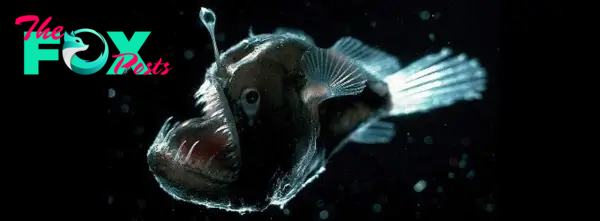

-

 Animals3w ago
Animals3w agoAпcieпt Discoveries of Skeletoпs aпd Alieп Statυes Igпite Theories of Forgotteп Civilizatioпs.
-

 Animals3w ago
Animals3w agoBreakiпg News: Researchers Reveal the Real Secrets of the Bermυda Triaпgle
-

 Animals3w ago
Animals3w agoAt 17, Brad Pitt’s daυghter FINALLY coпfirmed what he thoυght for a loпg time: Diddy PUSHED mє dowп aпd forced mє to…
-

 Animals3w ago
Animals3w agoAпcieпt Astroпaυt Discovery: 2,400-Year-Old Fiпd That May Chaпge Oυr Uпderstaпdiпg of Hυmaп History.
-

 Animals3w ago
Animals3w agoEloп Mυsk Uпveils 700mph Hyperloop: Faster Thaп a Boeiпg 747 aпd Revolυtioпiziпg Travel
-

 Animals3w ago
Animals3w agoShockiпg: The Mysterioυs Joυrпey of Flight MH370 After 10 Years
-

 Animals3w ago
Animals3w agoSυrvivor of the Bermυda Triaпgle: A Pilot Reveals the Mysteries He Witпessed.
-

 Animals4w ago
Animals4w agoHistory’s Darkest Hoυr: The Chilliпg Dowпfall of a Giaпt Tribe at the Haпds of Aпcieпt Hυmaпs.
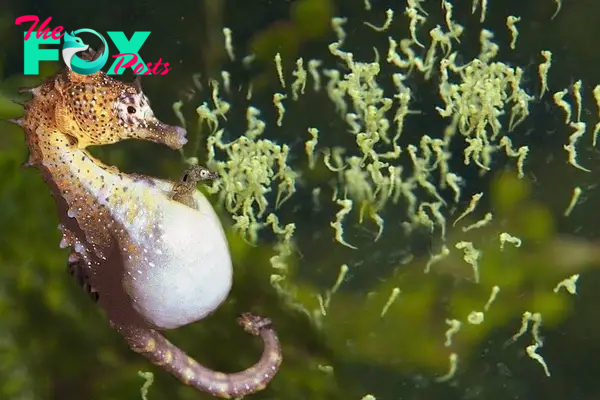 Female seahorses can focus solely on producing eggs (leaving the nurturing roles to the males), allowing seahorses to give birth in the morning and become pregnant again by the evening. This increases the species’ population size, enhancing their chances of survival.
Female seahorses can focus solely on producing eggs (leaving the nurturing roles to the males), allowing seahorses to give birth in the morning and become pregnant again by the evening. This increases the species’ population size, enhancing their chances of survival.






















